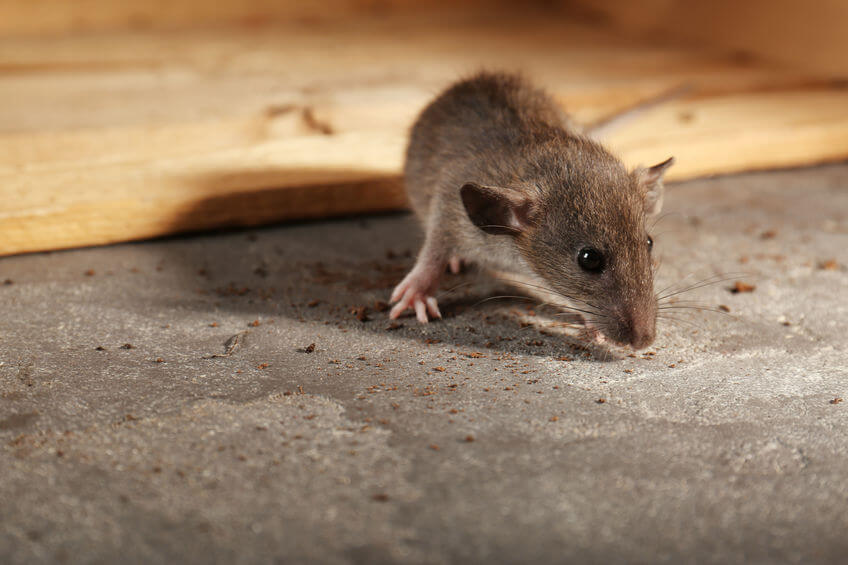One of the main issues when dealing with rats is that you have to either trap them or poison them. Poisons work faster and kill more rats, but they will leave dead rats in hard to reach places, and they can be toxic to both humans and pets. Fortunately, there are alternative methods that you can use, and if you use them before there is an infestation, or early enough if there is one, you will not need to go with the more deadly and toxic route. Here are some natural rat repellents that you can use:
Mothballs
Mothballs have been known as natural rat repellents for quite some time. You can place them on rat trails, or in potential nesting locations to ward the rodents off. Mothballs can be found in supermarkets, but you have to be careful with placing them, because they do smell bad, and they can act as repellents for your pets as well.
Essential oils
Essential oils such as peppermint, citronella and eucalyptus oils will repel rats even if you mix them in a 5%-10% oil/water solution. On top of that, they also smell nice, so you do not have the same issue as you do with mothballs. However, you should be careful because these oils can be toxic to dogs and cats as well.
Owl feathers
Rats always keep an eye out for signs of a predator, and finding an owl feather will absolutely terrify them. If you can get some owl feathers from someone in your area (or maybe even over the internet), and place them around the home, the rats will assume that owls are present and they will want to leave the area.
Ammonia
A mixture of 2 cups of ammonia, 3 spoons of detergent and 200 ml of water will act as a great rodent repellent. Mix the ingredients in a spray bottle and then spray the solution in areas that are frequented by rats.
Steel wool
Steel wool is often used when trying to seal entry points into the home. Rats are quite agile and they are able to squeeze through very small pathways. They can also open up spaces in the walls by chewing on softer materials. Steel wool stops rats in their tracks as they cannot chew or get through it.
All these methods can be very effective, but if there already is a large infestation in the home, rats will be able to find new ways to move around, while increasing their numbers. The best solution in this situation is to go with more powerful methods. Contact us today if you have a rat infestation and you need some extra help to get rid of it.







